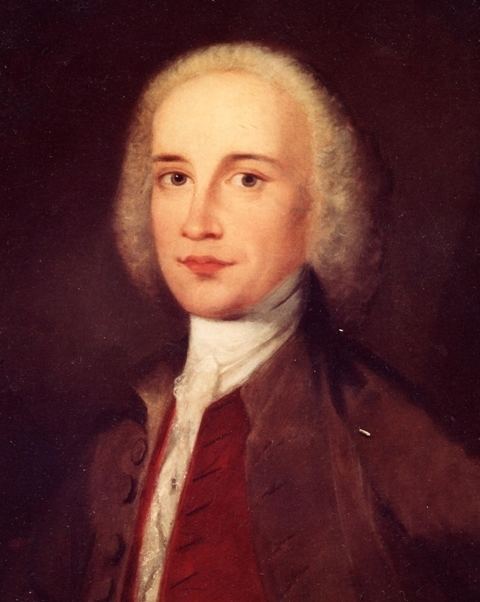Name John Taylor | Role Manufacturer | |
 | ||
Died 1775, Birmingham, United Kingdom | ||
John I Taylor (1711–1775) of Bordesley Hall near Birmingham (then a small town in Warwickshire), was an English manufacturer and banker. He served as High Sheriff of Warwickshire in 1756–7.
Contents
Origins
John I Taylor was the eldest son and heir of Jonathan Taylor (d.1733) of Bordesley by his wife Rebecca Kettle.
Career
Taylor became a cabinet maker in Birmingham. There he set up a factory in what is now Union Street to manufacturer "Brummagem toys", such as buttons, buckles, snuff boxes and jewellery boxes. He eventually employed 500 people and became one of Birmingham's leading industrialists. The output of buttons from his works was estimated at £800 per week. Taylor invested the profits of his business in local land and property, buying Sheldon Hall in 1752 and Moseley Hall and the manor of Yardley in 1768, and eventually owned about 2,000 acres. In 1765, in partnership with his neighbour, the Quaker iron merchant Sampson Lloyd II (1699-1779) (who in 1742 purchased as his country residence the estate of "Farm" within the manor of Bordesley), Taylor founded Taylor and Lloyd's Bank in Dale End, Birmingham, which eventually grew into Lloyds Banking Group, one of the largest banks in the United Kingdom.
Marriage & progeny
In 1734 Taylor married Mary Baker, by whom he had progeny including:
Death and legacy
He died in 1775 and was buried in a vault in St Philip's Parish Church, Birmingham, built in 1711 on land donated in 1710 by Robert Philip. James Watt commented that at his death Taylor was worth some £200,000. He was succeeded by his son John II Taylor (1738-1814), who rebuilt Moseley Hall and was High Sheriff in 1786. Both Bordesley Hall and Moseley Hall were later burnt down by mobs during the Priestley riots of 1791 but were subsequently rebuilt.
